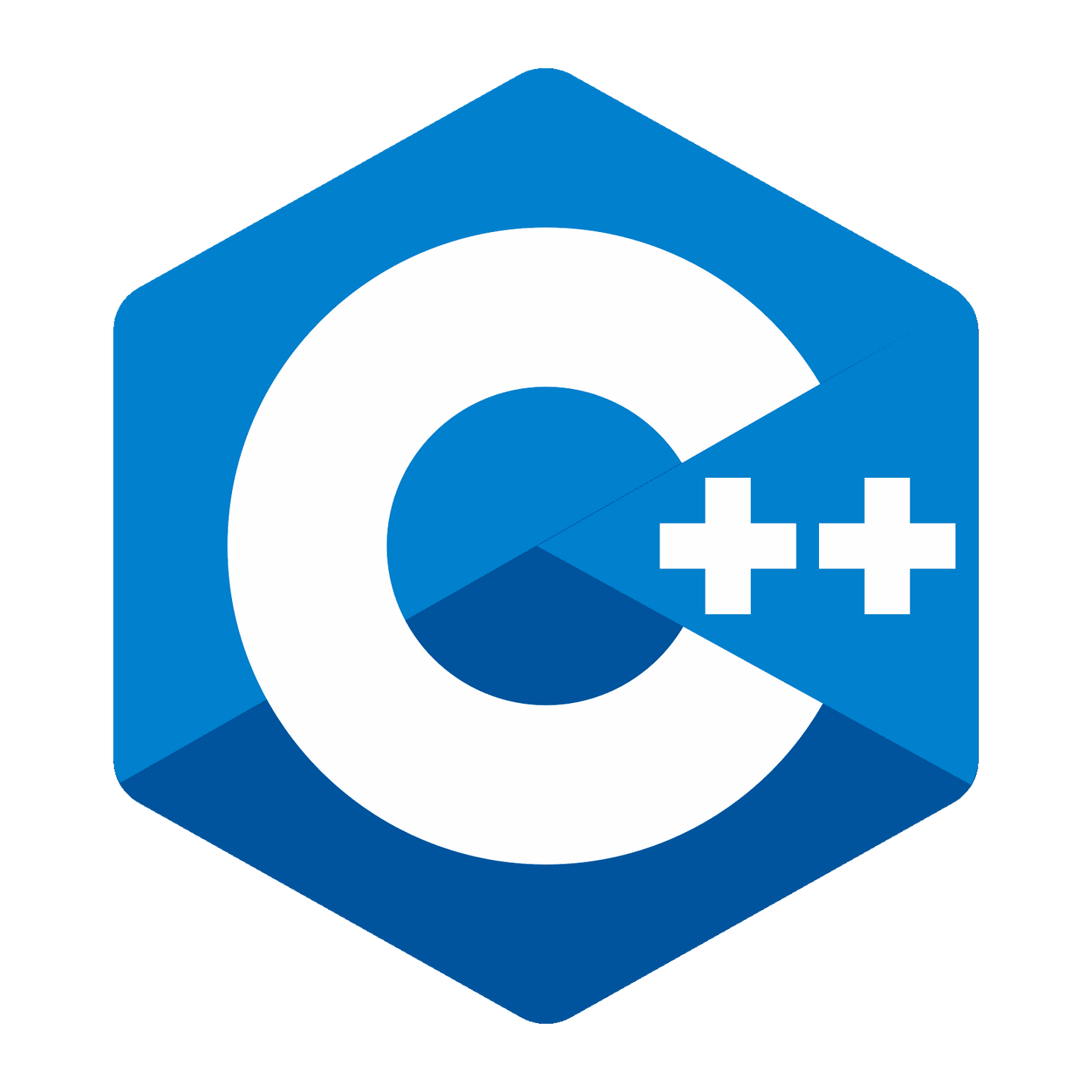
C++中的取余函数详解
在C++中,取余运算符(%)用于计算两个数相除的余数。它是一种二元运算符,其操作数可以是任何整数类型(包括char、short、int、long等),也可以是浮点数类型(如float、double)。取余运算符返回的结果与被除数的符号相同。
例如,对于整数的取余运算,我们可以使用以下代码来实现:
int a = 10; int b = 3; int c = a % b; // c的值为1
在上面的代码中,变量a被除以变量b,得到的余数为1,将其赋值给变量c。我们也可以使用浮点数进行取余运算,代码如下:
立即学习“C++免费学习笔记(深入)”;
float m = 10.5; float n = 3.2; float p = fmod(m, n); // p的值为1.3
在这个例子中,我们使用了cmath头文件中的fmod函数来计算浮点数m除以n的余数。fmod函数的返回值也是浮点数类型。
除了使用取余运算符和fmod函数,C++还提供了其他一些用于计算余数的函数,例如remainder函数和modf函数。remainder函数的原型如下:
double remainder(double x, double y); float remainder(float x, float y); long double remainder(long double x, long double y);
这个函数返回的是除法x/y的余数。与fmod函数不同的是,remainder函数返回的余数的符号和被除数的符号相同。例如,以下代码演示了remainder函数的使用:
double x = 10.5; double y = -3.2; double r = remainder(x, y); // r的值为1.3
在这个例子中,我们将浮点数x除以浮点数y,并用remainder函数计算它们的余数,结果为1.3。
另一个常用的用于计算余数的函数是modf函数,它用于分解一个浮点数为整数部分和小数部分。modf函数的原型如下:
double modf(double x, double* intpart); float modf(float x, float* intpart); long double modf(long double x, long double* intpart);
这个函数的第一个参数是要分解的浮点数,第二个参数是一个指向double/float/long double类型的指针,用于存储整数部分。modf函数返回浮点数x的小数部分。以下是一个示例:
double num = 3.14; double intpart; double fracpart = modf(num, &intpart); // intpart的值为3.0, fracpart的值为0.14
在这个例子中,我们将浮点数num分解为整数部分和小数部分,并将分解后的值分别存储在intpart和fracpart变量中。
综上所述,C++中提供了多种方法来计算取余和分解浮点数的函数。无论是整数还是浮点数,通过这些函数,我们可以在C++中轻松地完成相关的计算任务。
以上就是C++中的取余函数详解的详细内容,更多请关注php中文网其它相关文章!

c++怎么学习?c++怎么入门?c++在哪学?c++怎么学才快?不用担心,这里为大家提供了c++速学教程(入门到精通),有需要的小伙伴保存下载就能学习啦!

Copyright 2014-2025 https://www.php.cn/ All Rights Reserved | php.cn | 湘ICP备2023035733号